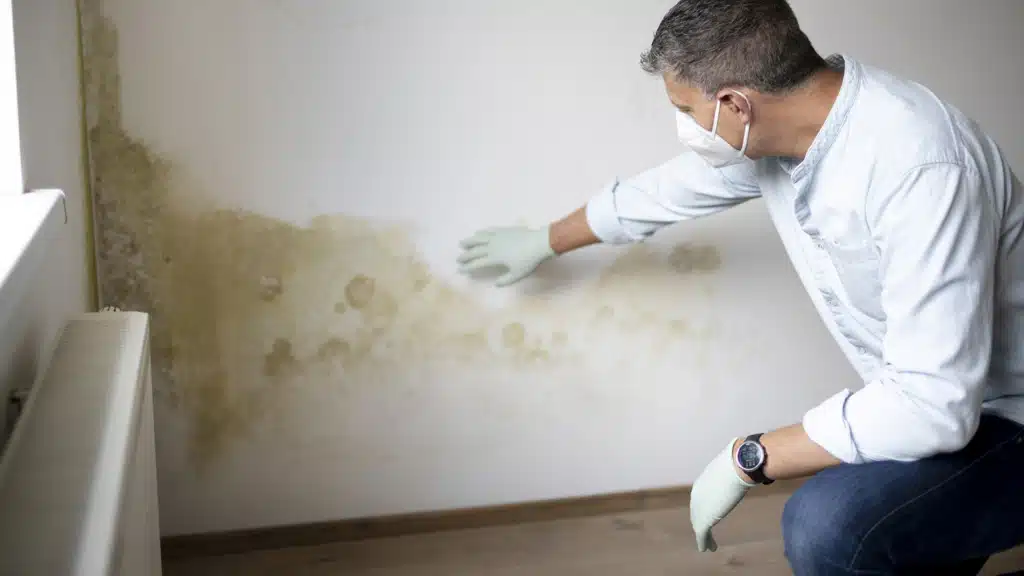 go back
go back
 go back
go back
What’s the difference?
When you have allergies, you’ll do almost anything to get rid of the symptoms. There are different ways to get this kind of relief, including different ways to manage and treat the suffering.
But what’s the difference between managing and treating allergies?
Think of it this way: management is the main idea behind everything in healthcare. This includes treatment options, patient education, and reducing the effects of environmental factors.
When you look more closely at what treatment is, you’ll see that it includes both prescription and over-the-counter medicines, as well as immunotherapy (also known as allergy shots).
Effectively Managing Allergies
While maintaining your schedule of prescribed medications can help relieve your allergy symptoms, the simplest way to protect yourself is to avoid the allergen altogether; however, that’s often not a possibility. There are a variety of ways to help manage your allergies in conjunction with your existing treatment protocol.
Dust Mites

Dust mites are one of the most common environmental allergens and can be found throughout your house. You can limit the number of mites in your home with these simple actions:
- Choose wood or hard vinyl floor coverings. Carpet traps dust mites, and even a regular vacuum or carpet shampoo does not always eliminate them.
- Use roller blinds that can easily be wiped clean.
- Choose leather, plastic, or vinyl instead of upholstered furniture. Upholstery also traps dust mites, much like carpeting.
- Use allergy-proof covers on mattresses, duvets, and pillows.
- Use a vacuum cleaner fitted with a HEPA filter. This type of vacuum cleaner can collect more dust mites than others.
- Clean thoroughly using a damp, clean cloth. Dry dusting displaces the mites into the air.
Pets

We love our furry friends and want to keep them with us, but pet allergies are more common than you think. The allergens they carry in their dander might not suit you. If you cannot permanently remove the pet from your house, you can:
- Keep pets outside or limit them to one part of the house. You want to keep them away from carpeted areas, which can trap their dander.
- Don’t allow pets in your bedroom.
- Wash and groom your pets at least once a week.
- Groom pets outside.
- Regularly wash all bedding and soft furnishings the pets lie on.
- Use air filters.
- Increase ventilation with fans or air conditioning.
- Prepare for visits with people who have pets. When visiting a friend with a pet, ask them not to dust on the day you’re visiting as that will stir up the allergens. Take an antihistamine about an hour before entering their home.
Mold Spores

Exposure to mold more often occurs from inhaling or contact with mold spores, which can trigger allergic symptoms such as coughing, sneezing, runny/stuffy nose, or itchy eyes.
If your reaction is more severe or if you are exposed to high-levels of mold, you may even find it hard to breathe as your airways spasm and tighten. There are many types of molds, but only a few cause mold allergies.
Although molds can grow year-round, peak-season is late summer to early fall when temperatures are warmer and humidity levels are higher. When molds release tiny particles, you might experience an allergic reaction. The best ways to prevent exposure to mold include:
- Keep your home dry and well-ventilated.
- Remove indoor pot plants from your home.
- Don’t store damp clothes. Also, avoid packing your clothes too tightly in a wardrobe or closet.
- Immediately deal with any dampness or condensation in your home.
- Avoid damp buildings, wood, rotten leaves, cut grass, or compost heaps.
Food Allergies

With food allergies, it’s not always easy to simply “just not eat it.” Sometimes the allergen is an ingredient in a recipe at a restaurant that you’re not aware of. Here are ways to ensure you do not accidentally ingest food with your allergen:
- Don’t rely on the menu description alone. It doesn’t hurt to ask questions!
- Tell your wait staff about your allergy and ask for their advice.
- Avoid places where there is a chance of cross-contamination, such as buffets or bakeries.
- Always check what allergens are in the dish, even if you’ve eaten it before. Ingredients and recipes can change.
Hay Fever (Pollen)

Pollen allergies are pretty common across the U.S. and are triggered at different times of the year. Typically, springtime is known for elevated tree pollen levels, and summertime is known for high grass pollen levels. To keep your hay fever well managed, you can:
- Check weather reports for pollen count and stay inside when it’s high.
- Don’t hang dry your clothes outside.
- Wear wraparound sunglasses to protect your eyes.
- Keep doors and windows shut when possible.
- Shower and change after going outdoors.
- Avoid grassy areas. Parks and fields may be nice, but the pollen count can be harmful, especially in the early morning, evening, or night.
- Have someone else mow your lawn.
Insect Bites and Stings

Signs and symptoms of a reaction to an insect sting will vary from one person to the next. It is important to understand the distinction between a normal reaction to an insect sting and an allergic one.
In very serious cases, a patient can go into anaphylaxis. Symptoms of anaphylaxis include a sharp drop in blood pressure, dizziness, cardiac arrest and loss of consciousness. Anyone experiencing allergic symptoms to an insect sting should seek out immediate medical care.
A bad reaction to an insect bite or sting is no fun, so it’s essential to take precautions.
Effectively Treating Allergies
When taking precautions and avoiding your allergens don’t completely relieve your symptoms, you can further treat your allergies with medications and immunotherapy.
Medications
Different medications can be used to treat allergies; antihistamines, nasal steroid sprays, and antileukotrienes are a few.
- Antihistamines: These are great in treating mild to moderate allergies. Antihistamines suppress histamine, a chemical produced by the immune system that causes allergy symptoms. These can be administered orally or through a nasal spray. They work quickly and can be used as needed.
- Nasal Steroids: These are best for allergic rhinitis. They open the nasal passages so you can breathe easier. They can also help with both non-allergic rhinitis and eye allergies. While they are effective, they do not treat the underlying allergy. They should be used daily for the best results.
- Antileukotrienes: These block inflammatory compounds known as leukotrienes rather than blocking histamines. They can be used to treat both allergies and asthma but are not always enough on their own. Usually, they are prescribed with either antihistamines or oral steroids. They do alleviate congestion but might not help with all nasal symptoms.
Immunotherapy
Immunotherapy treatment for allergies can be administered orally, sublingually, or via an injection. Talk with your allergist today to see if one of these treatment options is right for you.
- Allergy Shots: Allergy injections are administered in the office. When this treatment starts, injections are given weekly with gradually increasing concentrations. Patients often notice a decrease in their symptoms within 3-6 months, then return monthly for additional injections.
- Sublingual Immunotherapy: Allergy drops are another method of treating allergies. Allergy drops are currently only available in our Birmingham, AL clinics. Not all treatments and special programs are offered at every AllerVie location or by every AllerVie provider. They are administered sublingually (under the tongue) and are a great alternative for patients averse to allergy shots or whose conditions cannot be treated with allergy shots.
- Sublingual Tablets: Similar to allergy drops, these are provided in tablet format.

Medically Reviewed By: Thomas Johnson II, MD
Reviewed on: April 1, 2022
Our team of writers, editors, and medical experts goes over each article carefully to make sure the information is correct and that only reliable sources are used.
We regularly check to see if the info in this article matches up with the latest scientific research and expert advice so that we can give you the most up-to-date information. See list of trusted resources here.
Get Allergy Tested
A combination of management and treatment might be the best solution. Our board-certified allergists can help diagnose your allergies and plan the best course of action for you.
Make an Appointment